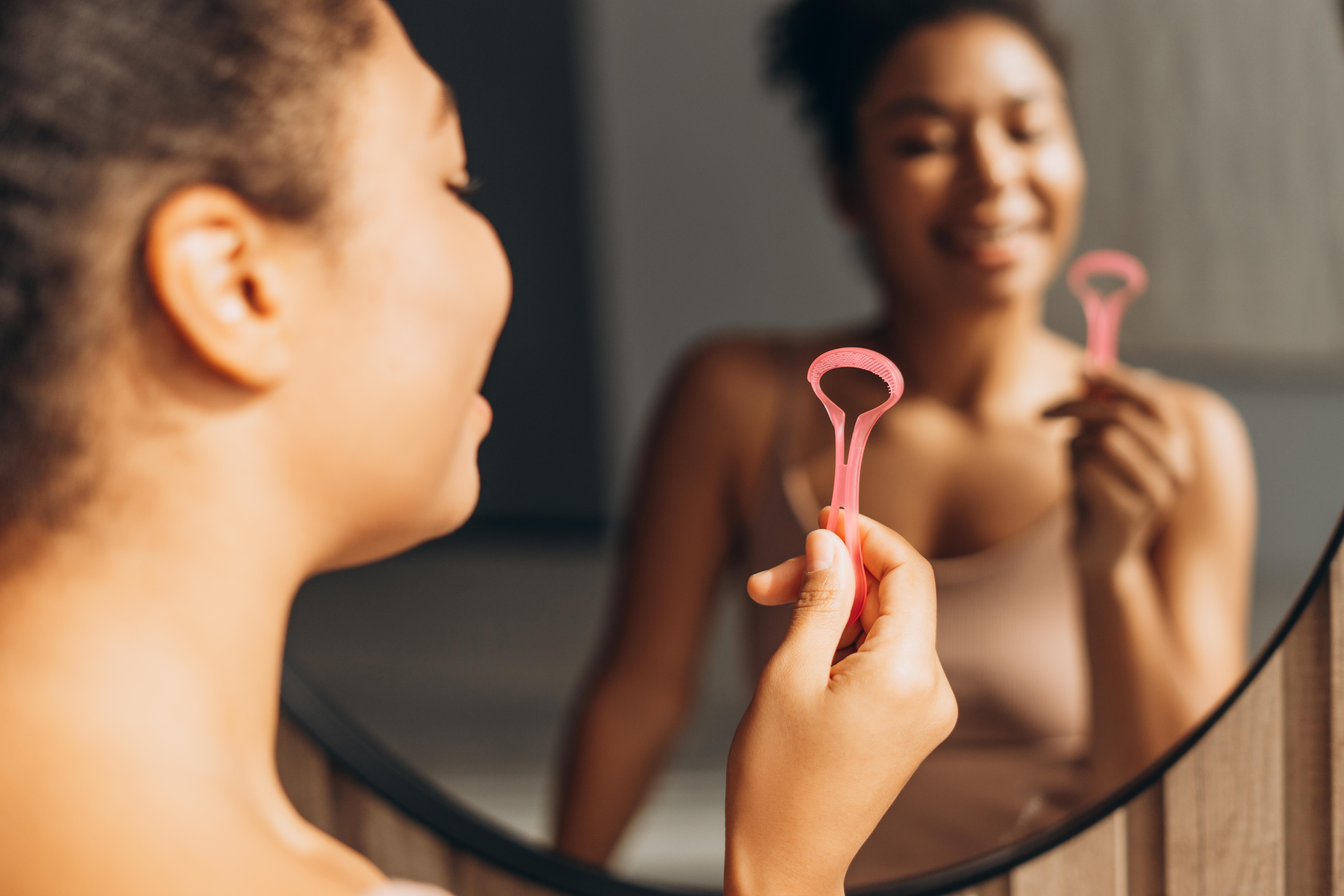10 Life-Changing Tips For Your Oral Hygiene Routine
Oral hygiene is often underestimated in its importance to overall health. It is not just about having a bright smile or fresh breath; the mouth is a gateway to the rest of the body, and maintaining its health can prevent a myriad of systemic diseases. This article aims to unveil ten secret techniques that can elevate your oral hygiene routine from ordinary to extraordinary. These techniques are rooted in scientific research and expert recommendations, promising to transform your daily practice into an unstoppable regimen. As we delve into each section, you'll discover innovative approaches and time-tested strategies that synergize to enhance your oral health profoundly.
Technique 1: The Power of Tongue Scraping

Tongue scraping is an ancient practice with origins in Ayurvedic medicine, yet it remains a lesser-known component of modern oral care routines. The tongue's surface can harbor a significant amount of bacteria, debris, and dead cells, contributing to bad breath and plaque formation. By incorporating tongue scraping into your daily routine, you can effectively reduce these unwanted elements. This practice not only freshens breath but also enhances taste perception by removing the film that can coat the tongue. Moreover, studies suggest that tongue scraping can improve overall oral health by reducing the bacterial load in the mouth, which can have a cascading positive effect on the entire oral ecosystem.
Technique 2: The Art of Flossing with Precision

Flossing is a fundamental aspect of oral hygiene, yet many people either skip it or perform it haphazardly. To truly benefit from flossing, it must be done with precision and care. The technique involves gently sliding the floss between the teeth and curving it around each tooth in a C-shape to reach below the gum line. This method ensures that the plaque and food particles lodged between the teeth are effectively removed. Regular flossing prevents gum disease, cavities, and can even contribute to heart health by reducing inflammation. For those who struggle with traditional floss, alternatives like water flossers or interdental brushes can offer similar benefits.
